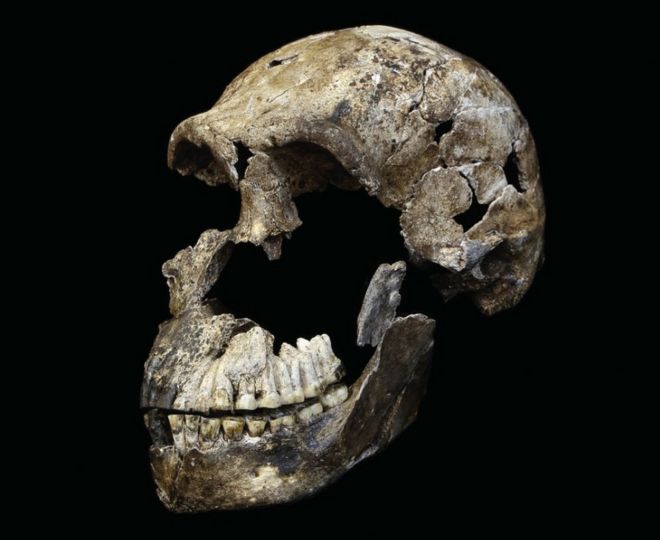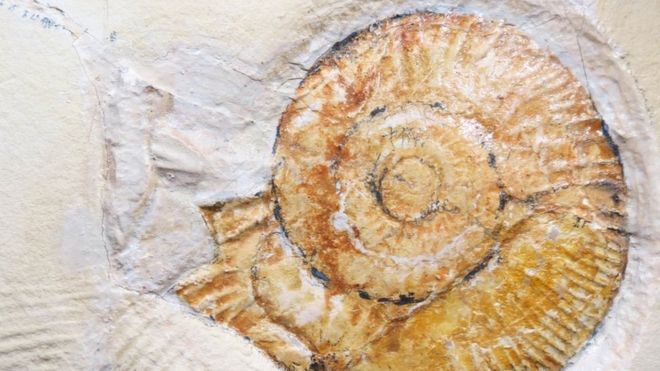Get ready to update your nightmares.
A scientist from the University of Tennessee, Knoxville has discovered that a species of snake, the Cuban boa, hunts in groups, and through teamwork improve their chances of catching prey.
It's the first time that reptiles have been observed to have been involved in "coordinated hunting," where individual animals take into account the location of others of the same species to maximize their hunting successes.
The study's author, Vladimir Dinets, observed the snakes hunting fruit bats in Cuba. Taking up positions across a cave mouth at dawn and dusk, the individual snakes would position themselves in a way as to improve the odds of the pack making a kill.
"Snakes arriving to the hunting area were significantly more likely to position themselves in the part of the passage where other snakes were already present, forming a 'fence' across the passage and thus more effectively blocking the flight path of the prey, -read more and watch video







